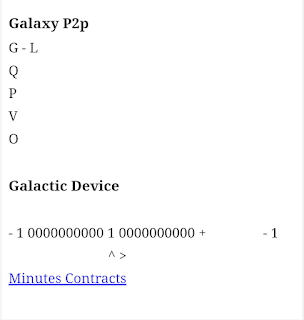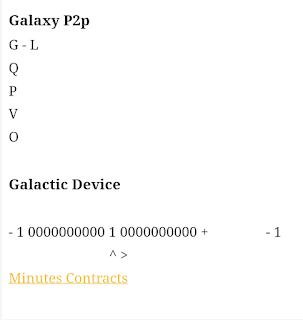A Person Every 10 Feet
20 - 30 Years
To calculate how many years it will take for the world population to increase enough that there is a person every 10 feet (assuming a constant rate of growth), let's break it down:
Current Situation
Right now, the world population is roughly 8 billion people.
For simplicity, let’s assume the Earth's total land area is 57 million square miles (or approximately 1.49 * 10^14 square feet).
Currently, there’s about one person every 1,000 square feet, so we’ll start with that.
Goal
We want to calculate how long it will take for the world population to increase enough so that there is a person every 10 square feet.
Step-by-Step Calculation:
1. Current Population Density:
If there’s one person every 1,000 square feet, with a population of 8 billion, the total area covered by the population is:
8,000,000,000 \, \text{people} \times 1000 \, \text{square feet/person} = 8 \times 10^{12} \, \text{square feet}
2. Target Population Density:
The goal is to have one person every 10 square feet, so the total area needed for the entire world population at this density is:
8,000,000,000 \, \text{people} \times 10 \, \text{square feet/person} = 8 \times 10^{10} \, \text{square feet}
3. Population Growth Rate:
The global population is currently growing at around 1.1% per year (as of recent estimates).
The population in future years can be estimated using the formula:
P(t) = P_0 \times (1 + r)^t
4. Time Calculation:
We can solve for , the number of years it takes for the population to grow such that the density reaches 1 person every 10 square feet.
Set equal to the required population that will fill 10 square feet per person:
8,000,000,000 \times 10 \text{ square feet} = 8,000,000,000 \times (1.1)^t
10 = (1.1)^t
\log(10) = t \cdot \log(1.1)
t = \frac{\log(10)}{\log(1.1)}
]
Now we calculate :
t = \frac{1}{\log(1.1)} \approx \frac{1}{0.0414} \approx 24.14 \text{ years}
Conclusion
It will take approximately 24 years for the world population to increase enough so that there is one person every 10 square feet, assuming a 1.1% growth rate.
Accuracy
The calculation I provided is based on several assumptions and simplifications, so its accuracy depends on how well those assumptions hold over time. Here's an evaluation of the factors involved:
1. Population Growth Rate
I used a growth rate of 1.1% per year, which is a reasonable approximation for current global growth. However, this rate has been declining over the past few decades, and it is projected to continue to slow down as many countries experience lower birth rates. The actual rate could be lower in the future, which would make the timeline longer.
For example, the growth rate in 2024 is closer to 0.9%, and projections suggest it may drop to around 0.5% or lower by mid-century.
2. Global Population
The starting population of 8 billion is an approximation. As of 2024, the population is slightly above 8 billion, and will continue to grow, but the exact growth might differ slightly based on factors like migration, healthcare advancements, and global fertility trends.
3. Land Area
I assumed the total land area of Earth is 57 million square miles, which is approximately accurate. However, the actual habitable or land area available to humans is less due to oceans, deserts, and uninhabitable regions. If you only count usable land, the actual available space would be somewhat smaller, which could slow down population density growth.
4. Density Calculation
The assumption of "1 person every 10 feet" is a simplified representation. The actual distribution of population is highly uneven, with some regions being densely populated (e.g., cities) and others being sparsely populated (e.g., rural areas, forests). Therefore, while the math works in a theoretical sense, the real-world scenario would be influenced by urbanization patterns, migration, and population clusters.
Conclusion on Accuracy
The 24 years estimate is a good approximation based on current trends and assumptions but should be taken with caution due to the following:
The declining global growth rate could mean it will take longer than 24 years.
Land area considerations (including actual habitable land and uneven population distribution) might slightly alter the result.
Variations in factors like migration patterns, changes in fertility rates, and advancements in healthcare could either accelerate or slow down population growth.
If the growth rate remains around 1% or less, the timeline could be a bit longer, possibly in the 30-40 year range.








0 Comments